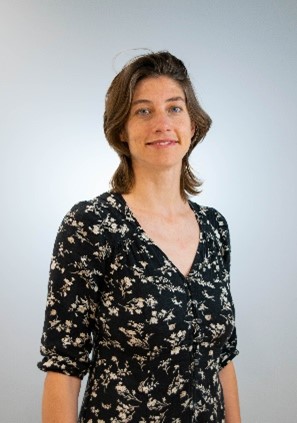Sessioni
TIMEPAC overview
23/5/2024 9:00–9:10 (CET) | HR
Short introduction about TIMEPAC project and webinar.
Docente:
Ilja Drmač
Calibration of dynamic energy consumption model with real data - case study office building
23/5/2024 9:10–10:30 (CET) | HR
The focus of this exercise is to acquaint participants with methods for calibrating the dynamic energy consumption model using real data and model analysis. Discrepancies between modeled and actual building performance are common, highlighting the necessity for model calibration to ensure an accurate representation of a building's physical attributes, equipment, schedules, energy use, and user influence. The lecture will primarily focus on preparatory activities, the creation of a building calibration model, discussion of the most influential parameters, and adjustments of appropriate parameters like schedules to minimize model error.
Docente:
Denis Dergestin
Materiale della sessione
Coffee break
23/5/2024 10:30–10:45 (CET)
Identification of energy measures and renewable energy system integration
23/5/2024 10:45–12:00 (CET) | HR
After systematically inspecting and analyzing the energy use and consumption of a building and its technical systems, identifying opportunities to improve energy efficiency and integrate renewable energy sources (RES) becomes essential. The focus of this exercise is to familiarize participants with methods for determining energy efficiency measures, including on-site renewable energy generation. Recognizing energy efficiency potential and calculating achievable savings are key objectives of this exercise.
Docente:
Ružica Jurjević
Materiale della sessione
Implementation of identified measures on calibrated dynamic model - case study office building
23/5/2024 12:00–13:15 (CET) | HR
The implementation of measures on a calibrated dynamic model (adjusted to the real usage schedules) can serve as a basis for making decisions about investing in energy efficiency measures of a specific building. The calibration of the dynamic model according to the real way of usage will be presented with the advantages of such a process. Practical exercises will include the implementation of energy efficiency measures on the example of a selected calibrated dynamic model of a real building. In this part, the energy efficiency measures that will be analysed on the selected building will be clearly defined and combined with each other. The results of the analysis will be the technical potential of implementing each combination of energy efficiency measures. Finally, the obtained results will be interpreted in a technical and economic context and can serve the decision-makers of deep energy renovation of buildings to select the optimal combination that, in addition to the technical requirements, also considers the cost-effectiveness of the implementation of the energy efficiency measures.
Docente:
Denis Dergestin
Materiale della sessione
Networking e pausa pranzo
23/5/2024 13:15–14:00 (CET)
Extracting information from BIM model - case study office building
24/5/2024 9:00–10:30 (CET) | EN
This exercise is a practical activity designed to enable participants to apply their information extraction skills to a realistic project using a BIM model of an office building. Participants will extract relevant information from a BIM model of an office building. The information to be extracted includes the reference of the building materials used, the dimensions of the rooms, the mechanical and electrical systems and the energy efficiency of the building. Once the information has been extracted, participants should use it to analyse the building's performance and efficiency and make recommendations on how the building's energy efficiency and functionality can be improved. Participants should also present their findings and recommendations in a detailed report.
Docente:
Ane Ferreiro
Materiale della sessione
Coffee break
24/5/2024 10:30–10:45 (CET)
Transformation of EPC data and other data into Renovation Passport for the deep renovation of the building - case study residential building
24/5/2024 10:45–12:00 (CET) | EN
The staged renovation is based on a renovation roadmap that shows the energy-related measures in the correct sequence. This exercise takes the audience through the steps of creating a renovation roadmap for deep renovation, based on the Energy Performance Certificate and other sources of information such as a Building Information ModeI. The focus is on residential buildings, considering that the major share of buildings belongs to the residential sector.
Docente:
Susanne Geissler
Materiale della sessione
Creation of measurement and verification plan - case study office building
24/5/2024 12:00–13:15 (CET) | HR
Performance improvement starts with measurements which are aimed at quantifying past action in order to determine current performance. Only when performance is quantified, meaningful discussion about possible improvements may begin. This exercise provides an example of how to create a reliable and realistic measurement and verification plan for an office building recently renovated. In this context, it is crucial that the proposed metrics are simple and understandable to key stakeholders, energy managers and facility managers. Through this, the exercise participants will create the measurement and verification plan and discuss in groups about possible improvements.
Docente:
Boris Sučić
Materiale della sessione
Networking e pausa pranzo
24/5/2024 13:15–14:00 (CET)




